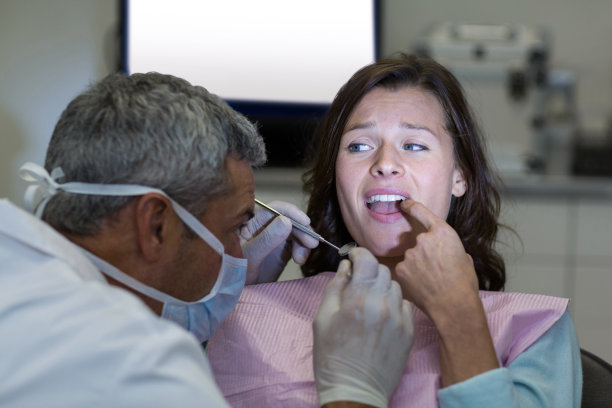The Essential Guide to Preparing for a Tooth Extraction and Ensuring a Smooth Recovery Process
Summary: Preparing for a tooth extraction is an essential aspect of dental care, and understanding the process can significantly alleviate anxiety. This comprehensive guide offers crucial insights into preparation steps, the procedure itself, aftercare, and tips for ensuring a smooth recovery. Proper knowledge can help patients manage expectations, reduce discomfort, and promote healing. By following these guidelines, patients can be better equipped for the experience and outcomes of their tooth extraction. Each section details actionable steps and important considerations to ensure both a successful extraction and a smooth recovery process.
1. Understanding the Procedure of Tooth Extraction

Tooth extraction is a common dental procedure often necessary for various reasons, including decay, crowding, or infection. It typically involves the removal of a tooth from its socket in the bone, which can be straightforward or surgical, depending on the tooth’s condition. Knowing what to expect can significantly relieve anxiety about the procedure.
The procedure usually begins with a thorough examination and possibly an X-ray to assess the tooths condition and surrounding bone structure. The dentist will explain the process, including anesthesia options that ensure the patients comfort. This understanding is vital to prepare mentally and physically for the procedure.
Moreover, its essential for patients to have realistic expectations regarding recovery and potential discomfort following the extraction. Consulting with your dentist can help in understanding post-operative care, what complications to anticipate, and how to manage pain effectively, which are all crucial for a successful outcome.
2. Pre-Extraction Preparations You Should Consider
Preparing for a tooth extraction begins well before the appointment. It’s crucial to maintain open communication with your dentist about any medications you are taking, as some may need to be adjusted or paused prior to the procedure. Certain medications can interfere with blood clotting, increasing the risk of complications.
Another vital consideration is arranging for transportation. Patients are often advised not to drive themselves home post-procedure, especially if sedation is used. Planning ahead ensures a smooth transition from the dental office and helps reduce post-extraction stress.
Finally, be sure to follow any pre-operative instructions your dentist provides, such as fasting if sedation will be administered. These steps are essential in preparing your body for the procedure and minimizing risks of complications.
3. Aftercare and Recovery Steps You Should Follow
Once the extraction is done, proper aftercare is crucial for a smooth recovery. Patients should bite down on gauze for about 30-45 minutes following the procedure to help control bleeding and promote clot formation. This is a crucial initial step that can prevent complications.
During the first 24 hours post-extraction, its important to avoid strenuous activity and adhere to a soft-food diet to prevent irritating the extraction site. Foods such as yogurt, mashed potatoes, and applesauce are good options during the initial recovery phase. Staying hydrated is also essential; however, avoid using straws as the suction can dislodge the blood clot.
Pain management often involves prescribed medication or over-the-counter options. Patients should consult their dentist regarding which pain relievers are safest and most effective for their specific situation. Swelling, bruising, or mild discomfort are normal, but if any unusual symptoms arise, contacting a dentist promptly is essential.
4. Tips for a Smooth Recovery Experience
To enhance recovery, adhering to your dentists aftercare instructions is paramount. Keeping the extraction area clean by gently rinsing with saltwater after 24 hours can help prevent infection. It is vital to avoid vigorous rinsing that could dislodge the clot formed in the extraction site.
Additionally, using ice packs can help mitigate swelling in the first few days post-extraction. Alternating applications every 15-20 minutes provides the best results, making you more comfortable during recovery.
Lastly, paying attention to your body is key. Rest as much as possible during the recovery phase and give your body the time it needs to heal. Follow-up with your dentist if healing seems off or if you experience increased pain, as early detection of complications can often lead to better recovery outcomes.
Summary:
Preparing for a tooth extraction involves understanding the procedure, diligent pre-extraction preparations, adherence to aftercare, and employing effective recovery tips. Each step is crucial to minimize discomfort and ensure a successful outcome. With proper planning and knowledge, patients can navigate the extraction process with confidence and ease.
This article is compiled by Vickong Dental and the content is for reference only.


